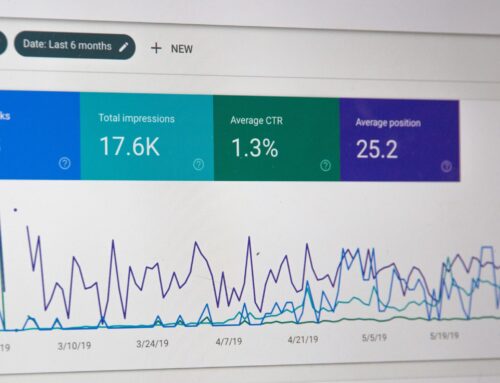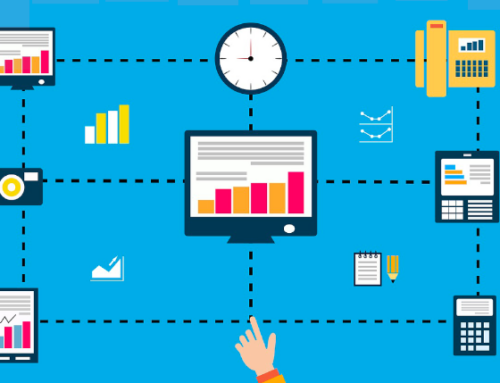Competency-based learning is one of the most effective ways to ensure learners master new skills, but will it work for you?
At some point in your life, you’ve probably been told to sit in a classroom or on a computer and learn a skill. This learning session probably required everyone in the room to learn at the same pace for the same amount of time (with very little wiggle room allotted).
Your online class may have had a timer in the corner, counting down the minutes you had to spend on each page before you progressed. You may have had to attend the same training event as your coworker, even though you’d already learned most of the material with just a few new concepts introduced, and your coworker left looking like she’d been hit by a tidal wave of new information.
If you’re the one that sponsored the event, would having your attendees leave either bored or overwhelmed be a good use of everyone’s time and resources?
Competency-based learning is a learning model that identifies the key skills necessary for a role and tailors the learning to those required competencies, providing a more individualized approach that promotes genuine mastery of new skills (rather than just required seat time). We’re a big fan of the method here at Digitec, so let’s look at some of the scenarios in which you might find competency-based learning to be the right fit for you.
Use Competency-Based Learning when…your goal is to reduce wasted time and expense.
Consider our earlier example and imagine that YOU just hosted that training session. Your goal was to help employees better understand a new system everyone in the office will be using soon. You paid for their time, for the trainer’s time, for the resources needed to put the training on. Also, your employees found time in their schedules to attend when they could have been doing other things.
So, after the two hour training time is up, where does that leave everyone?
It’s nice to believe that 100% of the participants will leave feeling confident in their mastery of the new system and their new tasks and that they’ll walk away ready to handle things themselves. But more likely, you’ll have at least some participants who could have used another hour of practice and will have to reach out to you or their coworkers later to fill in the gaps (taking even more time).
Naturally, you’ll also have some participants who have used a system like this before, or maybe they’ve even already started in the office and will spend part of the time during training thinking about all the time they could be using on other tasks.
Not everyone learns at the same pace so that two-hour seat time isn’t useful. Competency-based learning is adaptive. Your learning solution shouldn’t waste time re-teaching participants concepts they’ve already learned and likewise, shouldn’t encourage slower learners to breeze past concepts they’ll need to have mastered. Which leads us to our next situation…
Use Competency-Based Learning when…your goal is targeted skill mastery.
Because competency-based learning is adaptive, learners can focus on mastery. Some of the most common reasons businesses fail can be linked back to employee competence. Maybe within your organization, there is a need for more innovation or an increased awareness of regulatory issues.
By using competency-based learning, you can foster more capable and confident employees.
Allow your employees to explore their strengths and identify their weaknesses during their learning. This adaptive learning style can accommodate many learning styles (interactive activities, projects, ebooks, videos), and pacing needs because it focuses on the performance outcomes, not busy work or activities.
How will the student prove mastery? Not “can this student fill in their workbook within the hour”.
Competency-based curriculum is often created using what’s called a “backward design”: identify what skills the participant needs and how they will be assessed first, and design backward from there. This gives your learners a clear target, and tells them exactly how they’ll know when they’re successful…and you’ll know too.
Use Competency-Based Learning to…make your learning individualized, and build confidence in your participants.
 Hopefully, we’ve already made a compelling argument for why learning doesn’t have to take place within a certain timeframe or structure, and since you’ve already defined your target goals within the competency-based model there will be plenty of ways for participants to succeed.
Hopefully, we’ve already made a compelling argument for why learning doesn’t have to take place within a certain timeframe or structure, and since you’ve already defined your target goals within the competency-based model there will be plenty of ways for participants to succeed.
Now you can leave it to them. Allow your participants to take ownership of their time and effort, while you offer assistance or guidance in the moment of need. Having control over this balance gives employees a sense of confidence, and often results in heightened productivity. This is better for your overall bottom line and will support strategic, company-specific goals.
Unsure of if your participants are doing well with the material, or concerned they won’t make progress on their own? If you’re taking advantage of online solutions, we recommend you utilize reporting or tracking analytics to follow your learners on an individual basis, rather than relying on a class pass or fail rate. For instance, solutions like Knowledge Direct offer reports that can track specific users, specific course sections and other useful criteria that can be used to make sure your learners are getting the skills they need to succeed.
If you’d like to hear more about delivering learning within a competency-based framework, check out our webinar for more information.
Want to know more about filling the skills gap and offering continuing education? Check out our resources page.
Ready to find out what Digitec can do for you?





